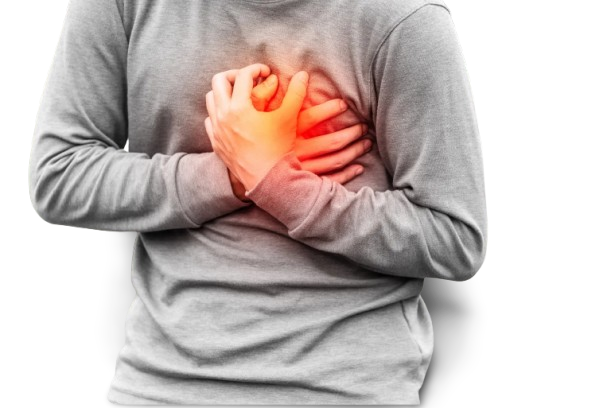The banana bag has been a long-standing treatment for vitamin and electrolyte deficiencies in patients with chronic alcohol use disorder (AUD) admitted to the intensive care unit (ICU). It contains a combination of 100 mg of thiamine, 1 mg of folic acid, 1-2 g of magnesium, and a multivitamin formulation in either normal saline or dextrose in water solution.
It’s unclear whether everything in the banana bag meet the needs of critically ill patients or those with underlying medical conditions, such as Wernicke’s encephalopathy (WE). This was the focus of research published in the August 2016 issue of the Critical Care Medicine Journal, and its findings are essential knowledge for pharmacists as preparations for critically ill patients undergo changes.
1.Asthma
A study conducted by the Imperial College of London found that children who ate just one banana per day had a 34% less chance of developing asthma.
2.Cancer
Consuming bananas, oranges, and orange juice in the first two years of life may reduce the risk of developing childhood leukemia. As a good source of vitamin C, bananas can help combat the formation of free radicals known to cause cancer. High fiber intakes from fruits and vegetables like bananas are associated with a lowered risk of colorectal cancer.
3.Digestive health
Bland foods such as apple sauce and bananas are recommended for diarrhea treatment. They are part of an approach known as the BRAT diet; this stands for bananas, rice, applesauce, and toast.
Electrolytes like potassium are lost in large quantities during bouts of diarrhea and may make those affected feel weak. Bananas can replace these lost nutrients.
Bananas can also help to promote regularity and replenish potassium stores
4.Bananas have been considered one of the healthiest options for fruit consumption for many years due to its impressive nutritional content, which includes vitamins like vitamin C, vitamin B6, riboflavin, folate, pantothenic acid, and niacin, as well as trace amounts of other vitamins. In terms of minerals, bananas deliver a significant amount of potassium, manganese, magnesium, and copper. Bananas are also good sources of dietary fiber and protein
5.Thiamine
This essential vitamin is often low in patients with alcohol abuse histories, and its deficiency can also lead to WE. Usually, WE’s sole symptom is mental status change, a nonspecific marker that’s common in critically ill patients. In addition, much higher thiamine doses are needed to treat or prevent WE compared with what’s needed in other conditions, so the 100-mg dose may be insufficient to treat WE patients and prevent further complications.
6. Folate
Deficiency of this nutrient is also common in chronic AUD patients. It can lead to psychosis, agitation, and sleep disturbances in high-risk individuals. Intravenous (IV) folate is preferred because oral absorption is decreased in critically ill patients. Thus, IV folic acid at 400 mcg to 1000 mcg is appropriate for these patients.
7. Magnesium
This mineral plays an important role in most cell processes, including cointeracting with thiamine. Little evidence indicates that magnesium supplementation is important in chronic AUD patients; however, other benefits of magnesium supplementation, such as suppression of cardiac arrhythmias, supports its use in this patient population.
8. Multivitamin
This provides low doses of daily vitamins that normal patients would need; however, critically ill patients may have more severe vitamin deficiencies that won’t respond to low-dose vitamins. Its use in the banana bag appears to be arbitrary.
Bananas provide a variety of vitamins and minerals:
- Vitamin B6 - .5 mg
- Manganese - .3 mg
- Vitamin C - 9 mg
- Potassium - 450 mg
- Dietary Fiber - 3g
- Protein - 1 g
- Magnesium - 34 mg
- Folate - 25.0 mcg
- Riboflavin - .1 mg
- Niacin - .8 mg
- Vitamin A - 81 IU
- Iron - .3 mg

































